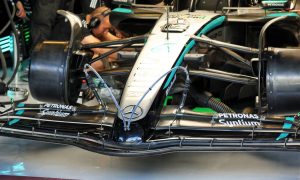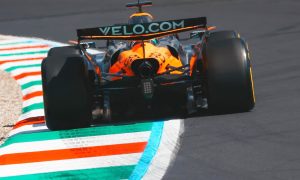
Formula 1’s reprise at this weekend’s Dutch Grand Prix has seen six teams implement upgrades on their respective contenders.
McLaren and Williams have introduced the biggest changes, with the former pulling out the stops to try and bridge its points gap to Red Bull in the Constructors’ standings while the latter aims to continue its improvements.
Mercedes, Ferrari, Aston Martin and Sauber have not brought any developments to Zandvoort.
McLaren’s updates target improving performance as well as and adapting its MCL38 to the specific characteristics of the Zandvoort circuit.
The team has redesigned the front brake scoop, resulting in improved flow conditions and increased aerodynamic load without compromising brake cooling. To complement this change, the front suspension has also been modified.
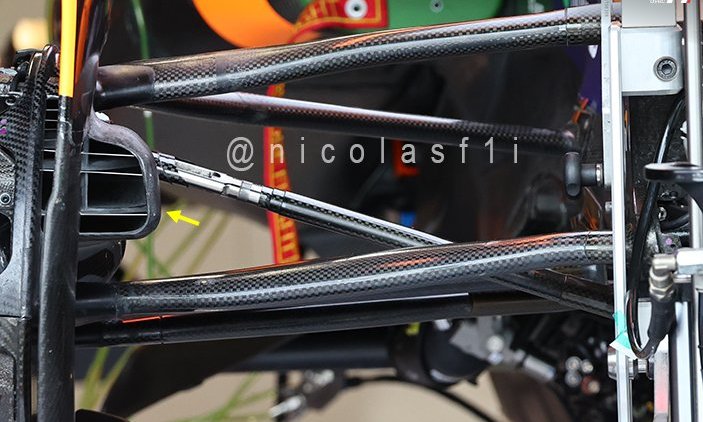
On the rear of the car, McLaren has revised the rear suspension shape to enhance flow conditioning around the rear corner, diffuser, and beam wing area. Additionally, a completely new rear wing assembly has been designed to suit the specific demands of the Zandvoort circuit, increasing overall wing efficiency.
Finally, a new beam wing has been developed to complement the revised rear wing design, ensuring optimal performance and aerodynamic balance. These updates demonstrate McLaren's commitment to continuous development and their pursuit of improved performance on the track.
Over at Red Bull, the championship leader has introduced tweaks and changes aimed at collectively optimizing aerodynamic performance and cooling efficiency.
The team has made adjustments to the Coke/Engine Cover, reducing the central exit to create a narrower opening. This change is circuit-specific, aimed at optimizing the cooling range for upcoming races by minimizing blockage in the quarter panel.
Additionally, Red Bull has refined the Halo design to better align with local flow conditions, thereby improving the total pressure downstream along the floor's upper surfaces.
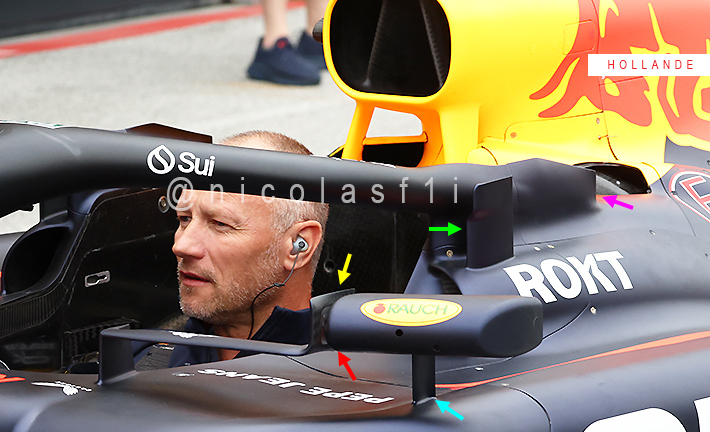
Similarly, modifications to the mirror stays are intended to enhance the pressure flow along the sidepod and the floor's upper surface by improving alignment with the car's aerodynamic flow.
Alpine has modified the upper leg suspension profile of its A524 to enhance flow control and improve the overall aerodynamic performance towards the rear of the car. Additionally, they have updated the rear brake duct ensemble with a new winglets arrangement to optimize the balance between downforce and drag.
Williams’ focus has been directed on further improving the aerodynamic efficiency of its FW46 and, crucially, reducing weight.
The team has reprofiled the front of the floor body and adjusted the fence curvatures to enhance local load generation and improve airflow to the new floor edge wing geometry. These changes have also positively impacted the flow field at the rear of the car, allowing for increased performance from the diffuser.
Modifications to the sidepod inlet region have resulted in reduced aerodynamic losses from the front of the car, leading to performance gains in other areas. The changes to the sidepod and engine cover complement these improvements and enhance the overall flow field.
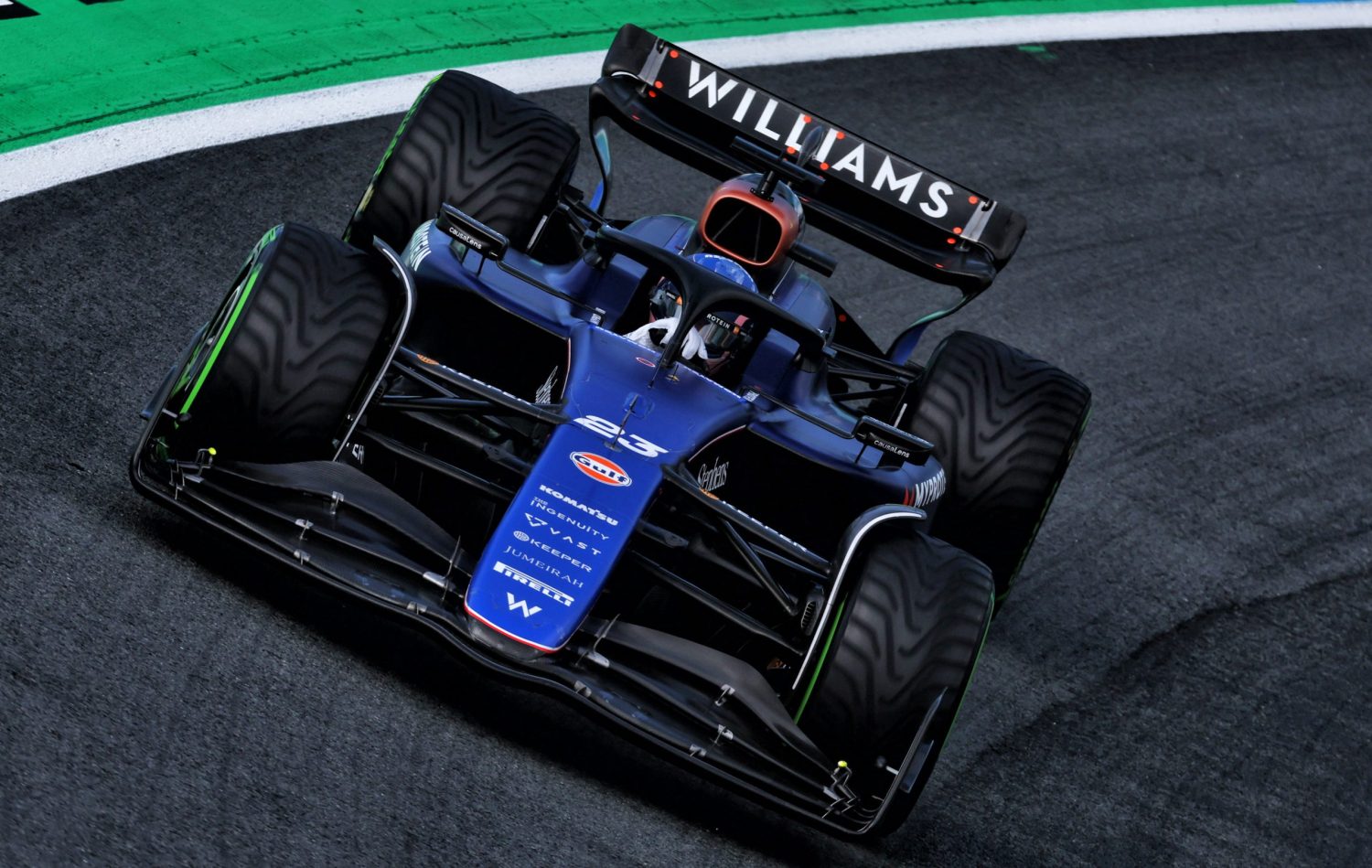
Finally, Williams has focused on reducing weight by modifying the central air intake structure. This weight reduction has allowed for some optimization of the associated aerodynamic surfaces, further improving performance.
RB has introduced only minimal changes to its VCARB 01 centered around the design’s rear corner, with lower brake cooling requirements allowing the duct area to be reduced, creating additional space for downforce-generating devices.
Finally, Haas has introduced several updates to their car aimed at enhancing aerodynamic performance. The front wing has been redesigned to improve load distribution by reducing load on the inboard section and concentrating it more towards the mid-span, which helps create cleaner airflow along the nose and chassis.
This update also led to a revised connection to the endplate due to the new wing profiles.
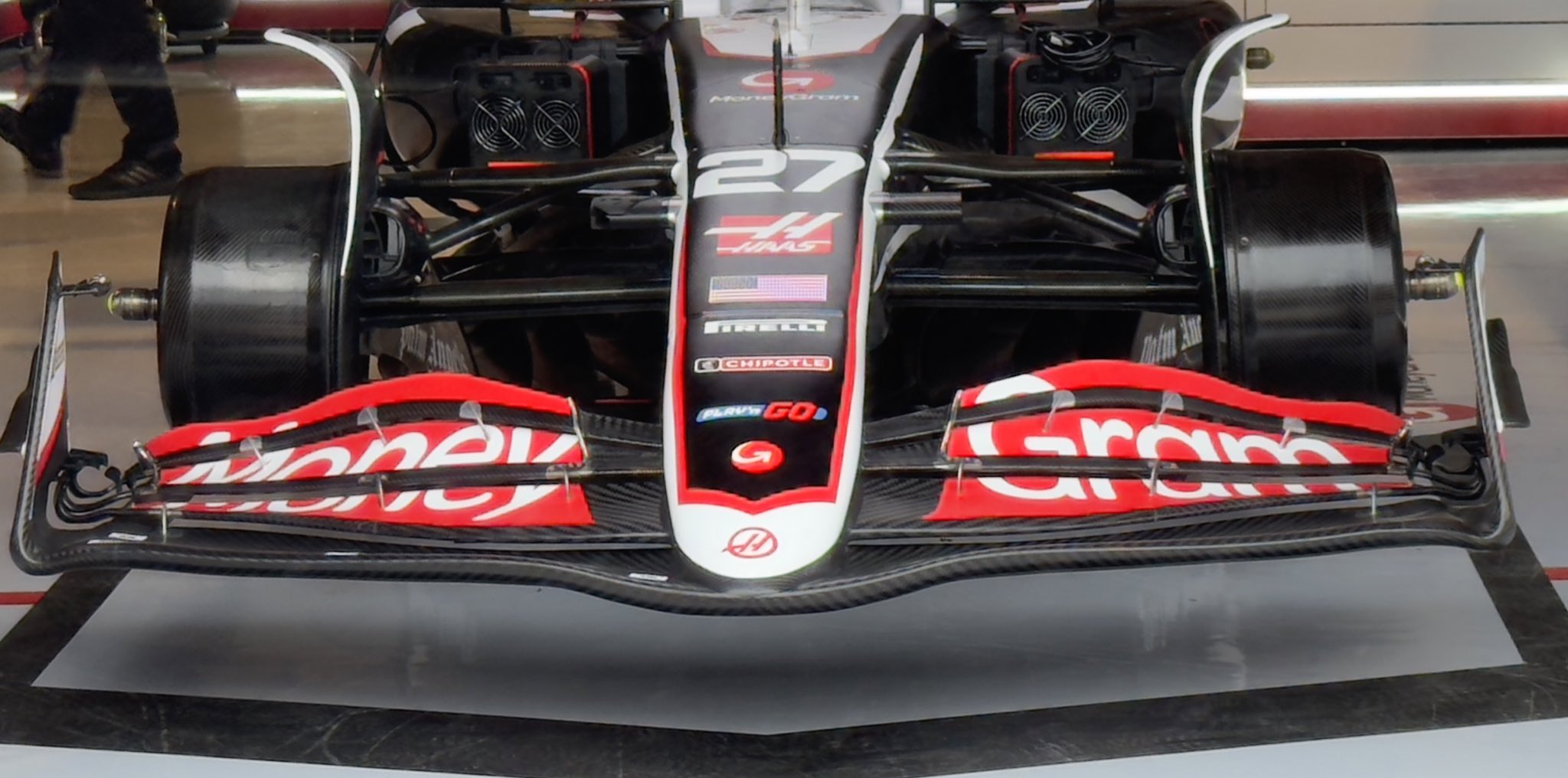
©AlbertFabrega/X
Additionally, the nose now covers the first element of the front wing to achieve a cleaner central flow. This, in combination with the new front wing, enhances the efficiency of the airflow, delivering higher energy to the floor and bodywork.
These changes also necessitated a re-profiling of the upper wishbone in the front suspension to align with the new airflow, as well as a re-alignment of the vertical deflector on the front corner to match the updated aerodynamic design.
Keep up to date with all the F1 news via Facebook and Twitter




